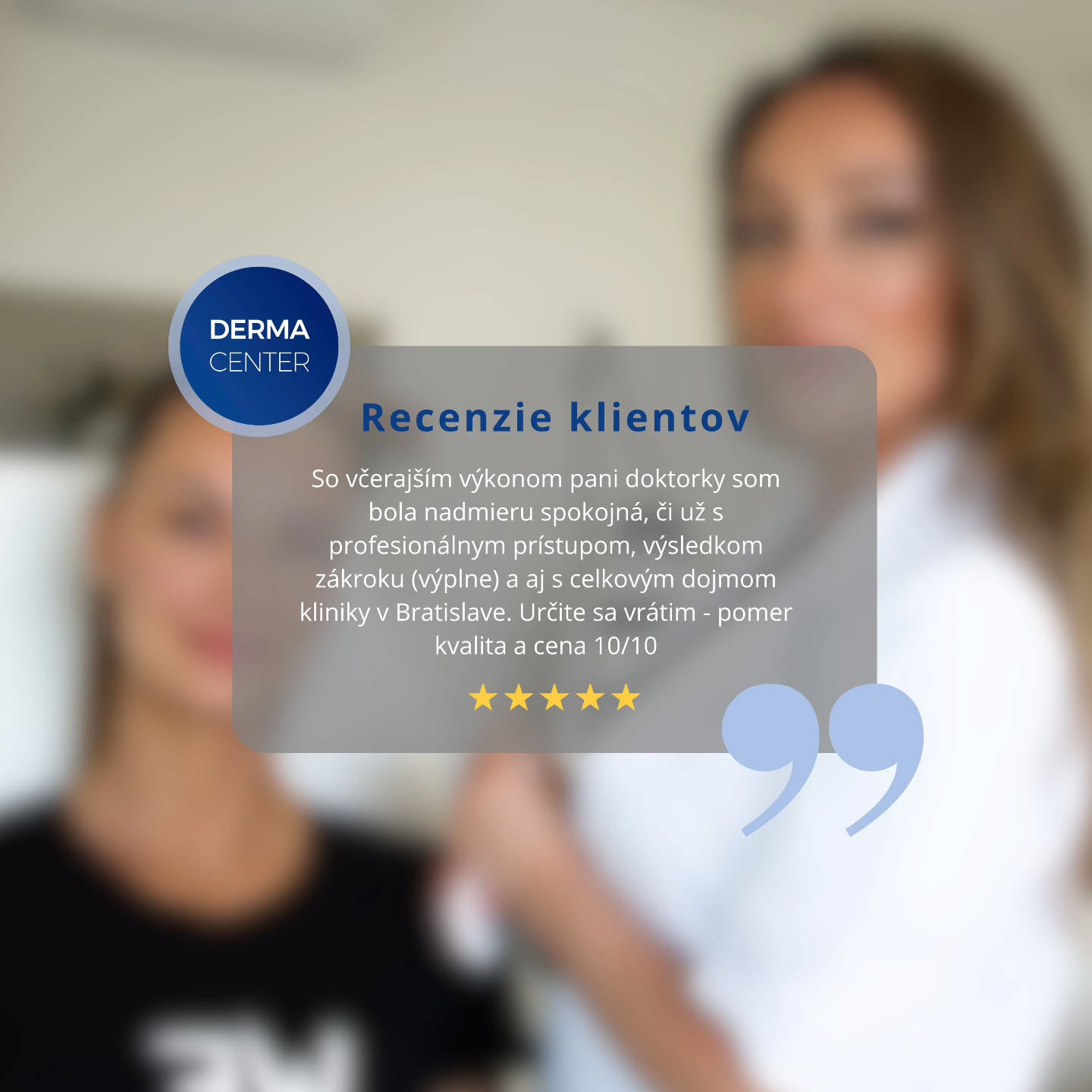LONG-TERM PHOTOEPILATION WITH A DIODE LASER
LASER HAIR REMOVAL
#diodaepilacia
Epilation with a diode laser works on the principle of selective photothermolysis – light radiation of incoherent wavelength, sensitive to the hair pigment – melanin. The light beam penetrates to the root of the hair (follicle), reacts with its pigment and with the change of the light radiation to thermal energy, the hair root is heated to an extremely high temperature, ultimately destroying it.
Since hair pass through certain growth cycles during their life, for a successful epilation result the hair must be hit during its active growth phase (anagen), when it contains the most pigments. The number – the percentage of roots (follicles) in the active phase is different on different parts of the body and to a certain extent is individual. The other roots in the given part of the body are in the resting (telogenic) phase. Roots in the resting phase will eventually wake up and hair will start to grow from them. Therefore, sufficiently long pauses between the individual epilation treatments, depending directly on the length of the resting phase on the given part of the body, are necessary for the maximum amount of hair to enter into the active phase and to darken and be destroyed by the IPL light beam. In general, the best time to repeat the procedure is when the hair starts to grow again. This phase of root growth (sleeping at the time of previous epilation) occurs 3 – 8 weeks after the previous procedure.
Untanned skin is suitable for laser epilation. Parts of the body that may be exposed to direct or even indirect sunlight should be protected using a lotion with a higher protection factor (50). The hairs must not be epilated with a razor or any other method that pulls the hair out (minimally 6 weeks before the procedure). However, the hairs can be shaved with a razor blade or trimmed with scissors.
On average, epilation needs to be repeated 3-5 times, at 3 – 8 week intervals. Any information about the results of permanent epilation after one or two procedures cannot be true or objective. In a low percentage of cases, depending on the individual characteristics of the skin and hair, the number of epilation repetitions required may be lower or higher than average. In the majority of cases, laser epilation is accompanied by a mild skin reaction after the procedure. The mild skin irritation may persist for several hours or up to several days. After the procedure, sunbathing is not recommended for at least 2–3 weeks. It is also important to use a lotion with a high protection factor on the epilated parts of the body.
IPL epilation removes unwanted hair permanently. However, due to the physiology of hair (see above) and many other factors that affect hair growth (hormonal instability, endocrine disorders, gynaecological diseases...) the results (in a very low percentage of cases) may not correlate exactly with the theory. The desired result is a permanent reduction of unwanted hair, i.e. a permanent reduction in the number of hairs in a given area and a change in their quality to fine, light hairs, which the client already perceives as aesthetically harmless.
Co-indications – when epilation cannot be used
No absolute contraindications (reasons) for not epilating are known. However, care must be taken in the following cases:
in people who are developing hypertrophic and keloid scars
in cases of active or frequent occurrence of a herpes infection in the epilated area
6 weeks after using epilation methods in which the root of the hair is plucked out (waxing, wiped with tweezers, plucking)
6 months after total use of natural or synthetic vitamin A derivatives
retinoids (ISOTRETINOIN, ROACCUTAN – used to treat acne)
in case of topical use of retinoids (RETIN A) or bleaching agents: hydroquinone (stopping 2 weeks before the procedure is sufficient)
It is also not recommended to take products with a high beta carotene content in the few months before the procedure
we do not recommend laser hair removal during pregnancy
In addition to IPL epilation, we at DermaCenter also perform the classic technique of removing unwanted hair, namely, using wax.
Why this treatment?
- the latest generation of the device from Germany is used all over the world
- the most comfortable and efficient depilation method
- excellent aesthetic results
- long-lasting permanent results
- advanced contact cooling technology for client comfort
- a suitable treatment for all locations on the body
* You can register at klient.dcmedical.eu and use credit payment, where with the highest bonus you pay the highest price | Anyone can register, even a new client/patient
** Prices are orientational only | The final price depends on the complexity and range of the interventions, which we will confirm upon consultation | The price list is valid on date 28.12.2025












